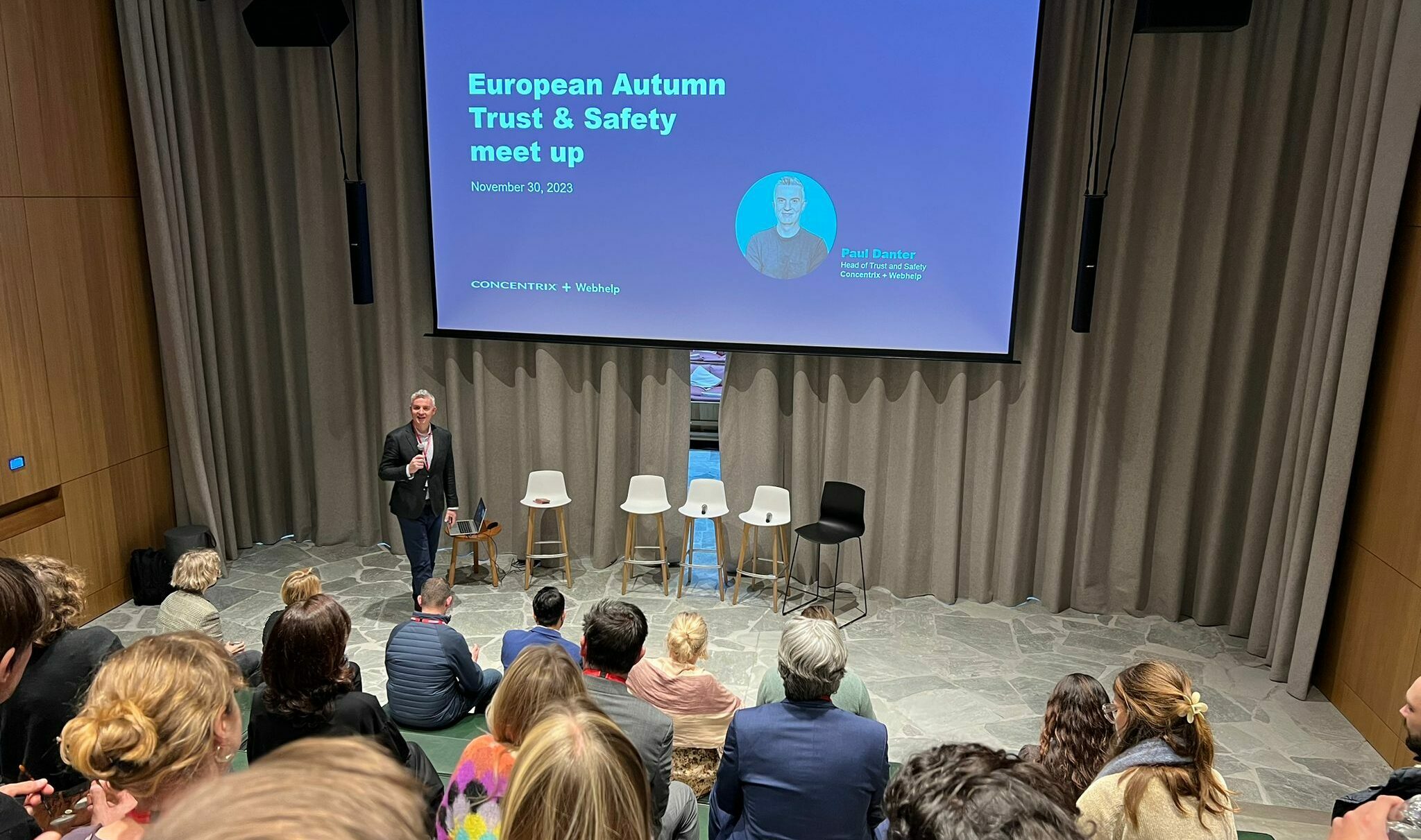Personalisation can sound like a buzzword. It’s one of those customer experience trends that retailers talk about and yet there is very little definition around what it really means. I think that it’s wrong to dismiss this as a passing fad; rather it’s an idea that has been waiting a long time for many factors to all work together. That’s now starting to happen, as demonstrated by the changes to the customer journey in recent years.
We often forget how long personalisation has been around. I have been using Amazon to buy books since the 1990s. I might even have a twentieth anniversary of using online shopping on Amazon coming up soon, if I can go far enough back on my order history to check on the first ever item ordered.
Amazon first used personalisation to influence the customer journey a long time ago. It always recommended other items once you placed an order, or even just when browsing a product page. We got used to seeing the words “if you liked that, then you may also like this…” without thinking about the processing power that went into such recommendations. I know that I have ordered because of the recommendations and been grateful that they were so accurate, yet these are really just personalised recommendations prepared especially for me.
As Retail Week recently highlighted, many retailers are now allowing customers to directly influence the personalisation systems, weighting the algorithm to be even better than the store can make it through analytics. Waitrose and Boots are good examples. I can imagine that if I once bought a steak for a friend, but I’m vegetarian, then I would not want my supermarket to keep on sending offers from the meat counter – these manual overrides allow customers to tweak what the store knows about you.
Beacons are particularly interesting at present, and retailers such as House of Fraser and Asda are extensively testing this technology. If the customer stays in one place for a period of longer than 10 seconds and is close to a beacon then the system can push a time-limited offer to that customer, related to products that are within sight of the beacon. So if you stop to take a look at a product and that pause causes the store to send an offer, it may be enough to encourage the customer to make a purchasing decision.
But personalisation is changing the customer journey online as well as in store:
- Front of shop: the landing page and initial items presented can be tailored to match what you are likely to be interested in.
- Recommendations: with knowledge of all your past transactions and what you spend most time looking at, recommendations can be highly personalised.
- Discounts: using the same data as the recommendations analytics, but also paying close attention to the time spent browsing different items, discounts can be used to tempt customers into buying items they are thinking about, but not sure of.
With apps increasingly being used by customers to enhance their in-store experience, it is likely that many of these techniques will soon apply across both areas of retail, creating a true omni-channel experience.
What’s your own experience of how retailers are using personalisation and changing the customer journey? Leave a comment below or get in touch on LinkedIn and let me know.


![[Fashion] Choosing the right partners to grow your business in 2024, at a time when trust is fragile](https://media.webhelp.com/wp-content/uploads/2023/12/21090253/Office-Showcase-2.png)


